Read key research reports from Reconciliation Australia including the Australian Reconciliation Barometer; Workplace RAP Barometer; The State of Reconciliation in Australia Report; and the RAP Impact Measurement Report.
Search
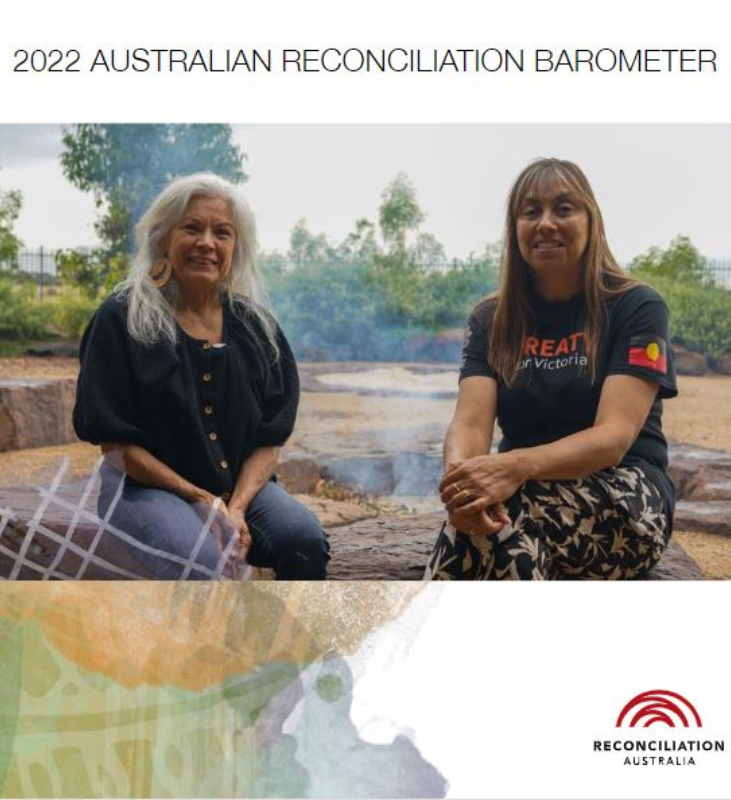
2022 Australian Reconciliation Barometer
The Australian Reconciliation Barometer (ARB) is a national research study that looks at the relationship between Aboriginal and Torres Strait Islander peoples and other Australians, and how perceptions affect progress towards reconciliation.
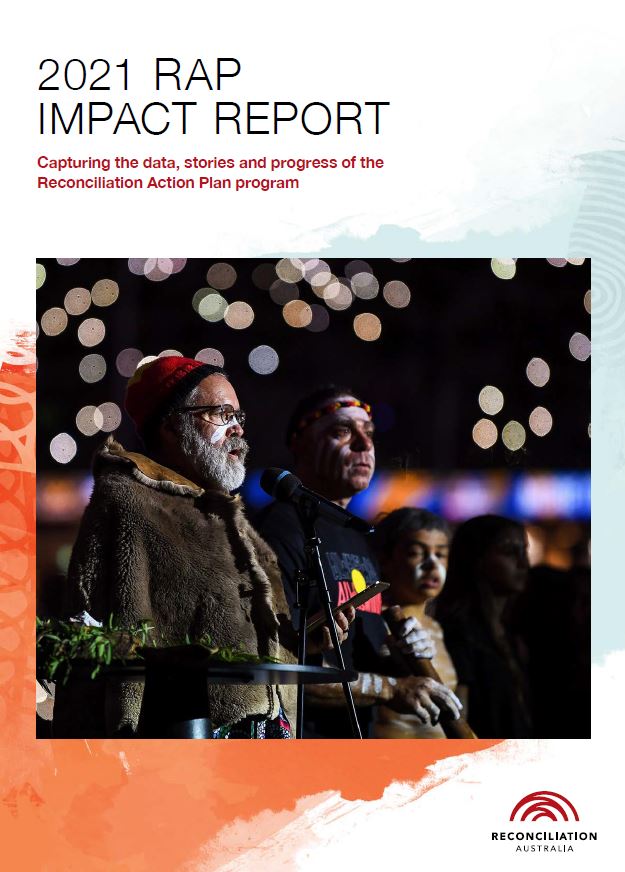
2021 RAP Impact report
The 2021 RAP Impact Report shows the findings of the RAP Impact Measurement Questionnaire and the results of the new research tool, the Leadership Survey, for the 2021 financial year.
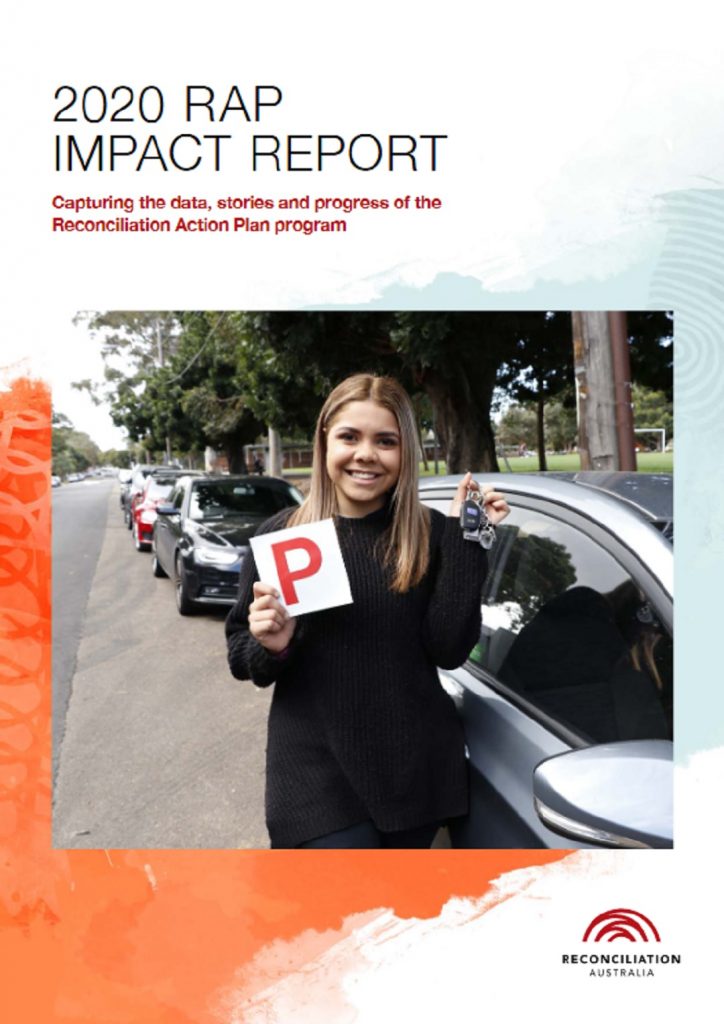
2020 RAP Impact Report
The 2020 RAP Impact Report shows the tangible, positive and sustained effect the RAP program has had on advancing reconciliation in 2019-20.
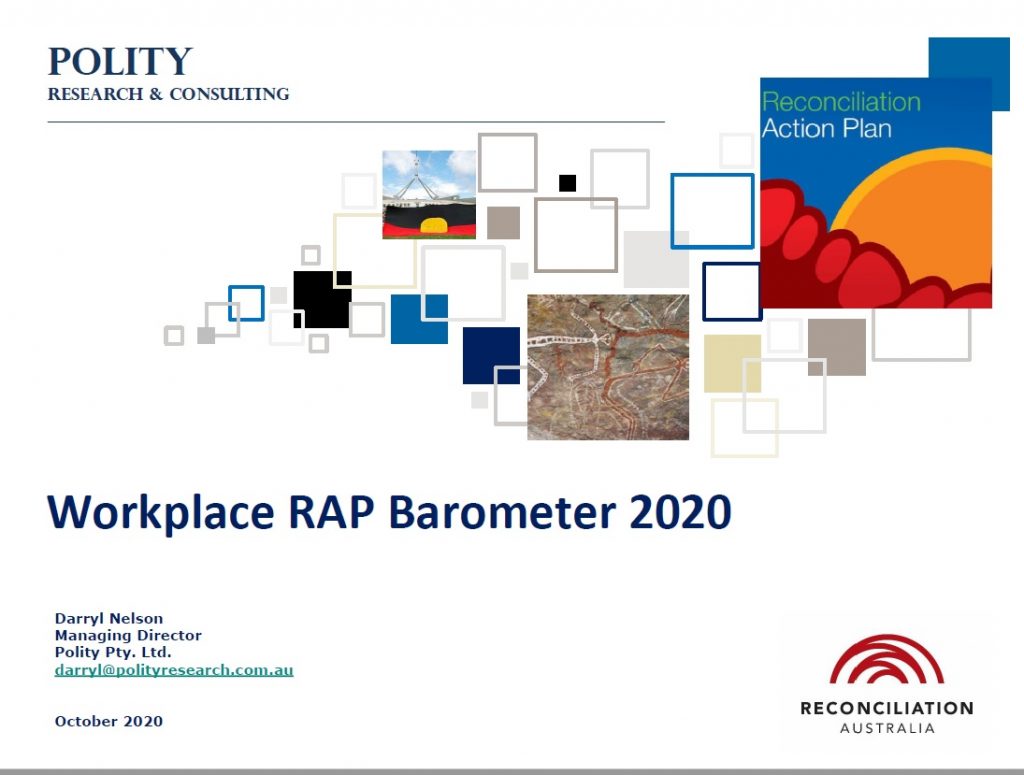
2020 Workplace RAP Barometer
The Workplace RAP Barometer (WRB) measures perceptions and attitudes in participating RAP organisations. It has been conducted every two years since 2012. The 2020 WRB features responses from 28,043 people across 92 organisations.
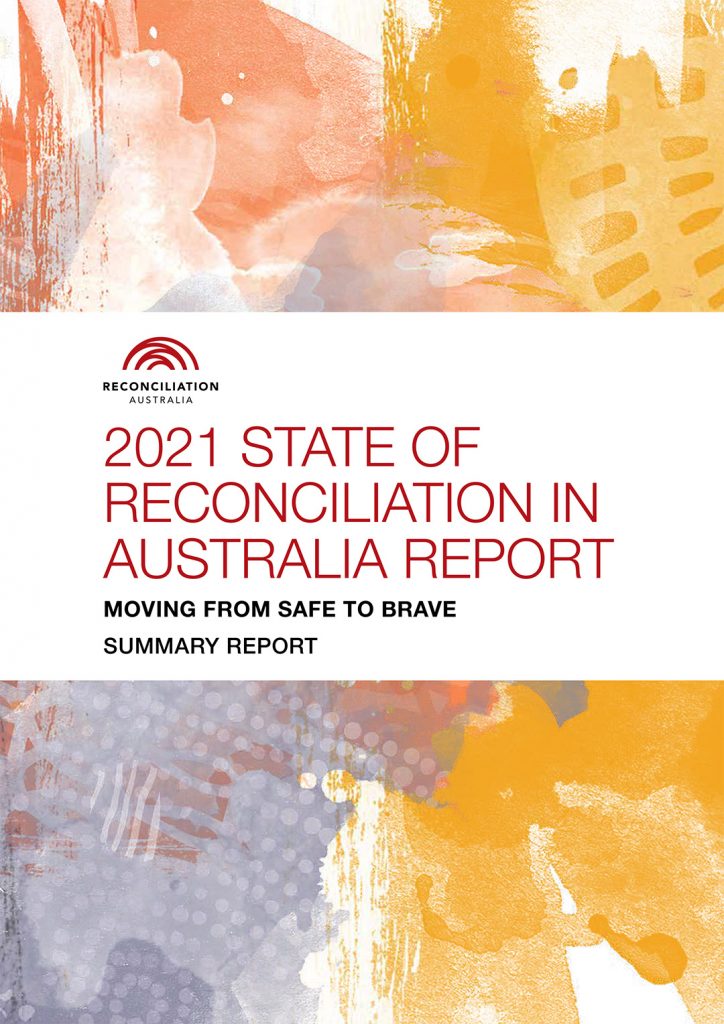
2021 State of Reconciliation in Australia
In 2016 Reconciliation Australia developed the first State of Reconciliation in Australia Report. Four years on, this report reflects on where we have come from, where we are today, where we need to get to, and how we can get there.
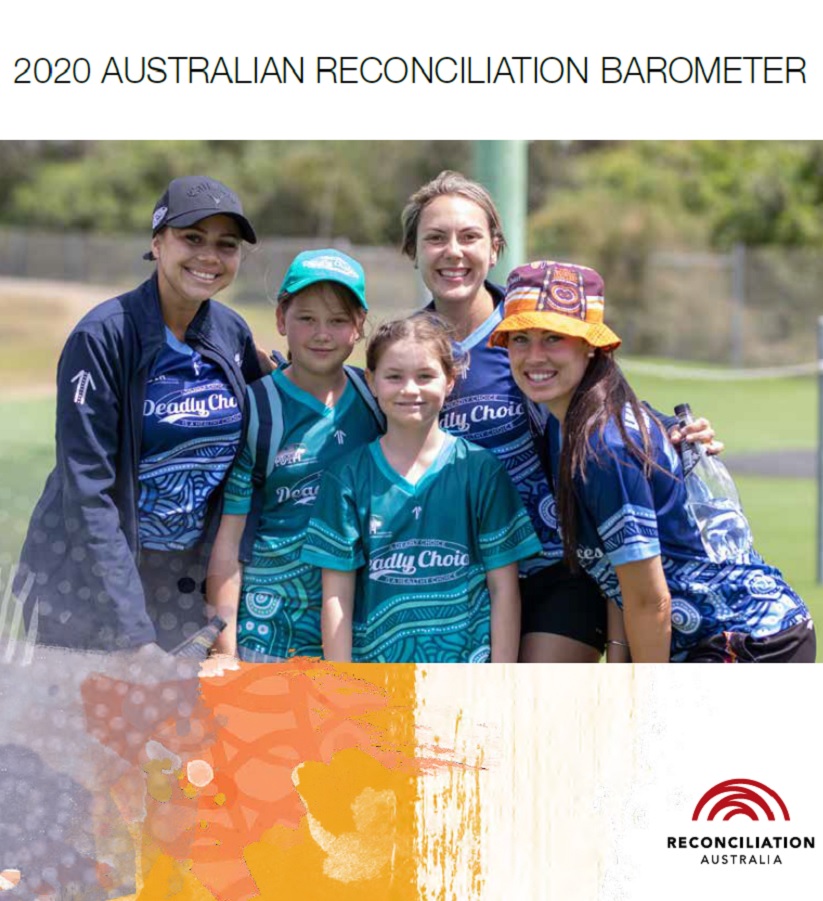
2020 Australian Reconciliation Barometer
The Australian Reconciliation Barometer (ARB) is a national research study that looks at the relationship between Aboriginal and Torres Strait Islander peoples and other Australians, and how perceptions affect progress towards reconciliation.



